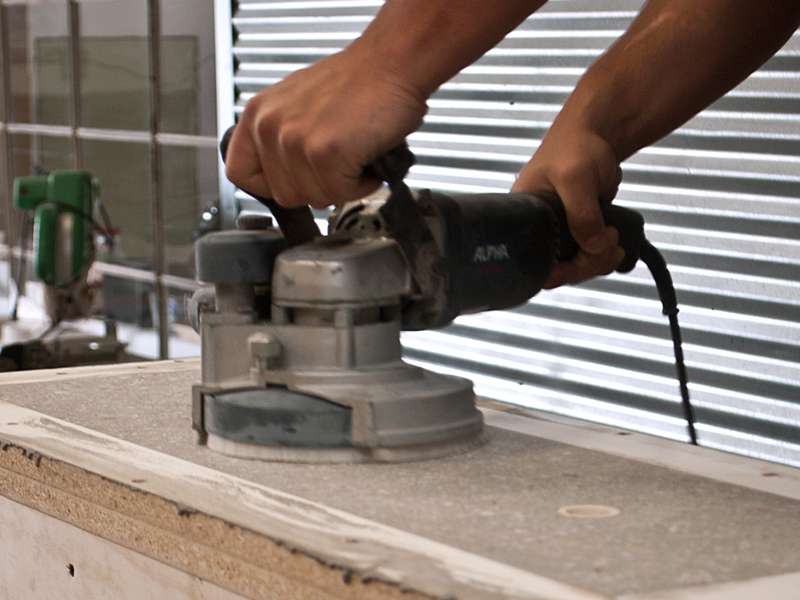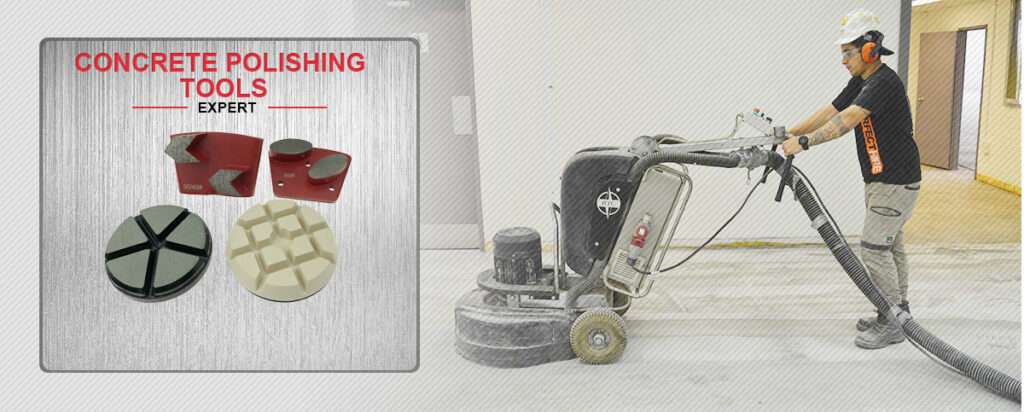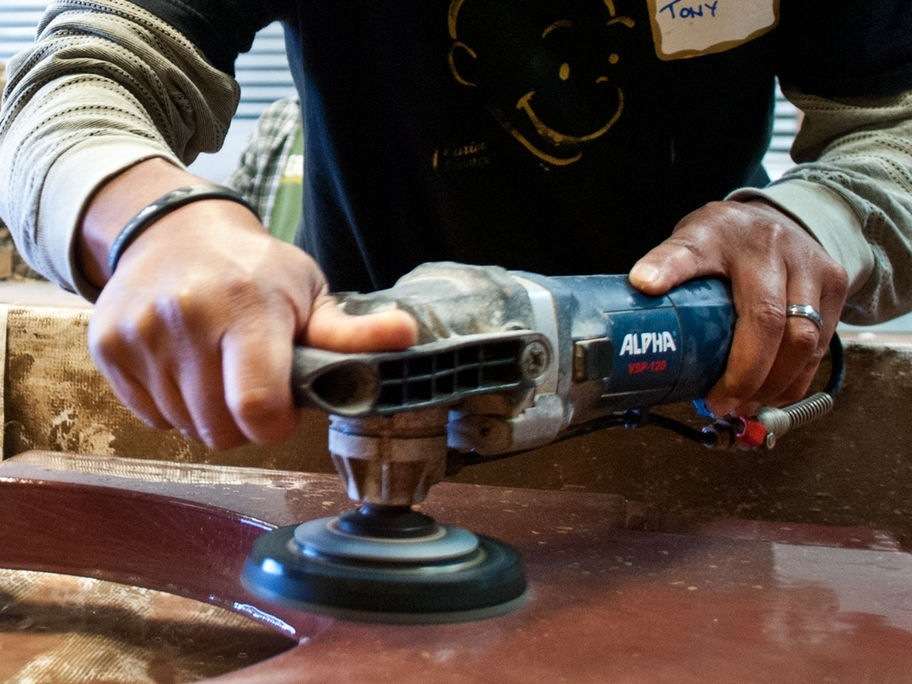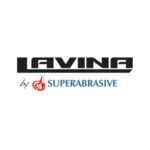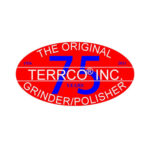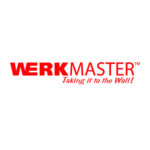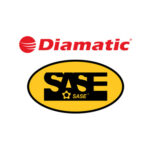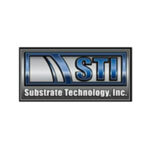Grinders are typically used to shape concrete surfaces that won’t be visible once the project is installed. We use grinders to remove concrete on the underside of a countertop section but don’t use them on the top surface.
Grinders are often confused with polishers, but in reality are very different tools. A grinder, with speeds over 10,000 RPM, is much faster than the 4,000 RPM maximum speed of a polisher
Step 1 – Grinding vs Polishing

- Grinding can be thought of as the roughest way to flatten a concrete surface. Polishingis when you take that ground surface to a progressively smoother, shiny finish.
- When doing pre-cast concrete projects, it’s not usually necessary to use a grinder. Since the formwork is doing most of the shaping, the only place you would need to use a grinder would be on a part of the project that is hidden (like the back side of a concrete countertop).
- In that case, you need the countertop to be flat on the back, but nobody will see it, so it can be very rough.
Step 2 – Grinding Basics

- Dry grinding is extremely dusty, always wear a particle mask. Don’t grind indoors unless you have proper ventilation.
- Most grinding is done while the concrete is still in the formwork. The walls of the form are used as a guide to make sure the piece is being ground flat.
- You can use a high speed angle grinder with a concrete grinding disc. Some of these discs are contoured, so you can shape down into the concrete instead of just grinding it flat.
Step 3 – Grinders and Grinding Cups


- Some are contoured.
- Most concrete grinders will hook up to a vacuum for dust collection.

